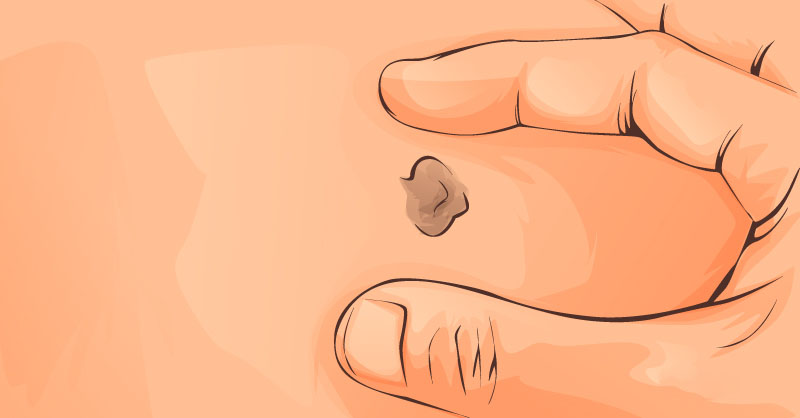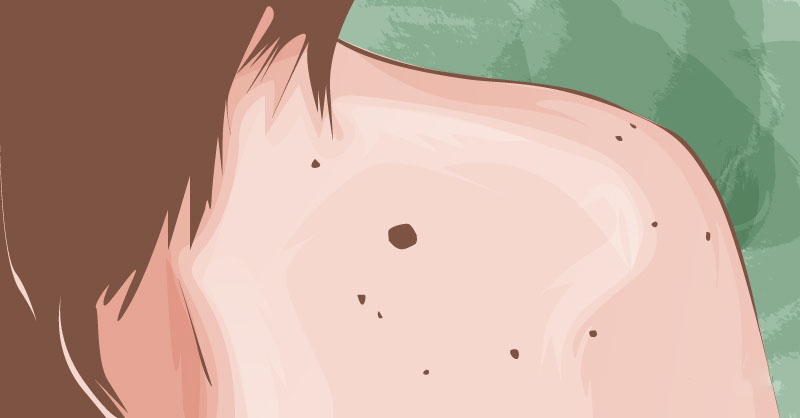What is melanoma and how common is it?
Melanoma is a type of skin cancer that starts in melanocytes – cells that produce melanin, the pigment that gives skin its color. Melanoma usually starts in the skin but can also occur in an eye or other organs. Melanoma is less common than other types of skin cancer (it’s responsible for about 2% of skin cancer cases), but it’s the most dangerous and fast-spreading type.

According to the National Cancer Institute, about 2.2% of people will develop melanoma of the skin at some point in their lives. Caucasians are 20 times more likely to develop melanoma than African Americans.
As most other types of cancer, melanoma can be treated successfully if it’s diagnosed early.
How to recognize melanoma?
Melanoma can develop on any area of your body, but the areas that are most likely to be affected are ones that are exposed to the sun, such as the face, back, and limbs. Less common areas are the soles of the feet, palms of the hands, and fingernail beds – that’s where African Americans are likely to develop melanomas. Melanomas can also develop in an eye and mucous membranes (such as in the nose, mouth, urinary tract, and digestive tract).

Mayo Clinic offers an easy way to memorize how moles that can be melanoma look (ABCDE):
- A is for asymmetrical shape. Moles with irregular shape may indicate melanoma;
- B is for irregular borders. Borders of melanoma moles are usually uneven;
- C is for changes in color. Melanoma moles may have different colors or shades; they are usually brown or black, sometimes pink, tan, or even white;
- D is for diameter. New mole or an existing mole that has grown to the size 1/4 inch (about 6 millimeters) may be melanoma;
- E is for evolving. Melanoma moles may change size, shape, and color with time. They may also itch and bleed.
See your doctor if you notice any unusual changes on your skin.
What are the risk factors of melanoma?
Certain factors may raise your risk of developing melanoma. They include the following:
- fair skin;
- a history of severe sunburn;
- excessive UV light exposure (from the sun and tanning lights and beds);
- living closer to the equator or at higher altitudes;
- having numerous moles or unusual moles;
- a family history of melanoma;
- compromised immune system.

How can I reduce the risk of melanoma?
There’s no sure way to prevent melanoma, but you can take steps to reduce your risk of getting it. Do the following:
- try to stay in the shade when the sun is the most active (from 10 a.m. to 4 p.m.);
- wear protective clothing, a wide-brimmed hat, and sunglasses when you’re out in the sun;
- apply sunscreen with a sun protection factor (SPF) of 30 or higher before you go outside;
- refrain from using tanning beds and lamps;
- regularly examine your skin for unusual changes and see you doctor if you notice any.





